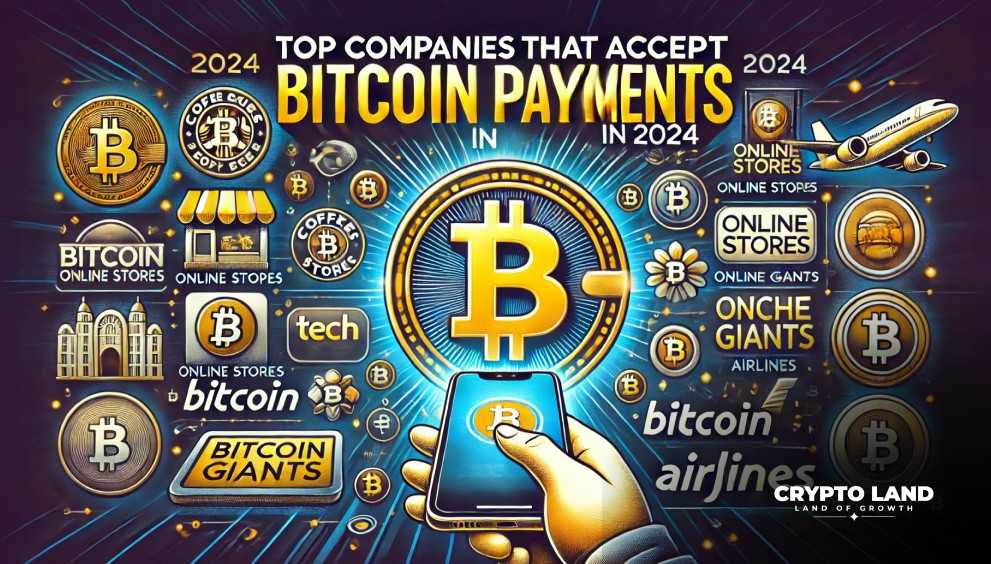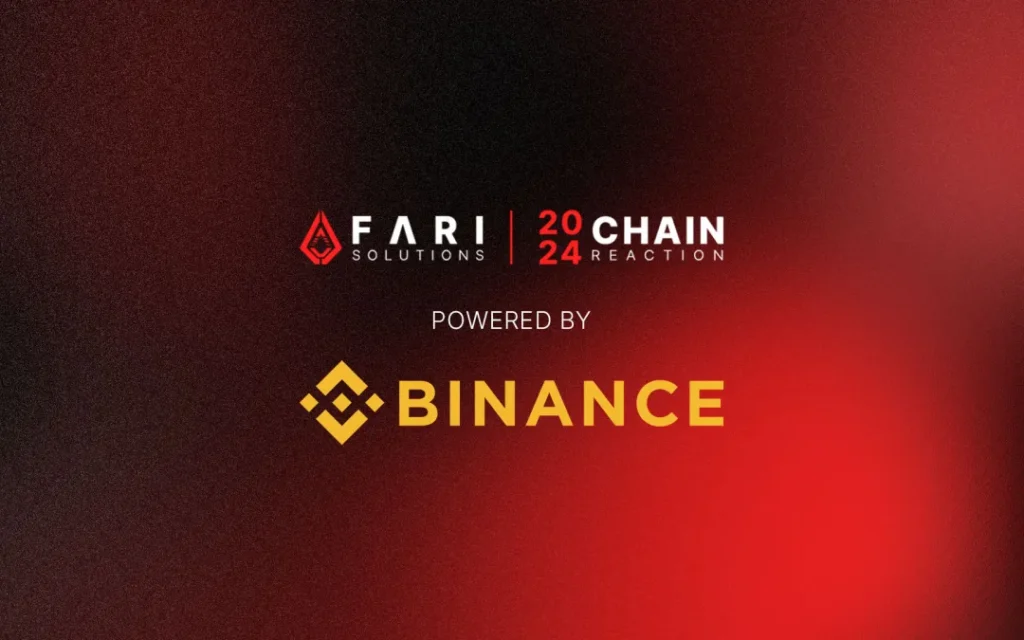US Bitcoin ETFs Near $100 Billion Valuation as Trump Victory Fuels Crypto Optimism

Key Insights:
- US Bitcoin ETFs reach a combined valuation of $100 billion.
- BlackRock’s iShares Bitcoin Trust leads with $40.86 billion.
- Federal Reserve’s Interest Rate Cuts and Market Liquidity fuel Bitcoin ETFs success
Bitcoin ETFs reached a market cap of $100 billion within one year of their launch, recording one of the highest growth rates in the ETF markets.
This share is taken by the top ETFs BlackRock’s iShares Bitcoin Trust, valued at $40.86 billion, followed by Grayscale’s Bitcoin Trust, which ranks second and is valued at $19.20 billion. The next largest ETF is Fidelity’s Bitcoin ETF, worth $16.84 billion, and the next largest one is ARK Invest’s Bitcoin ETF, currently valued at $4.39 billion.

The meteoric rise in these ETFs reflects the sharp appetite that grew not only in Bitcoin but especially among institutional investors who wanted to gain exposure in the digital assets class through the traditional financial vehicle. Some of the factors driving this growth are outlined below, along with what might end the trend.
1. Decoding the Success of Bitcoin ETFs
Two crucial triggers have driven the escalation of Bitcoin ETF valuations, each adding a different layer to the story of Bitcoin’s acceptance and maturity in the financial world.
Federal Reserve’s Interest Rate Cuts and Market Liquidity
One of the major reasons behind the rise in Bitcoin ETF’s valuation is the recent cuts by the US Federal Reserve to interest rates. The Fed reduced interest rates by 0.75%, split into two stages: the first part was cut by 0.5% on September 18 and the remainder by 0.25% on November 7.
The lowering of interest rates has far-reaching impacts on market liquidity and investment flows:
Higher Market Liquidity: Lower interest rates reduce the cost of borrowing for institutions and retail investors. Once rates start falling, capital flows more effortlessly into assets, yielding a higher return than the extant savings or traditional fixed-income markets. With their stories of growth potential, assets like Bitcoin have become beneficiaries of this liquidity boost as investors find themselves seeking more significant returns within an environment with reduced fixed-income yields.
Reduced Opportunity Cost: High interest rates make fixed-income securities, such as government bonds, attractive, making people invest in riskier assets, such as Bitcoin. When the Fed cuts its rates, the opportunity cost of holding non-traditional assets like a Bitcoin ETF goes down.
Stimulative Risk-On Sentiment: The rate-cut backdrop is stimulating a “risk-on” environment where investors are more aggressive and willing to take risks for potentially greater returns. Historical volatility and the likelihood of significant price appreciation make Bitcoin and other cryptocurrencies prime candidates for such investment sentiment. The cycle of rate cuts has acted as a catalyst, encouraging more aggressive inflows into the Bitcoin ETF market and driving valuations upward.
2. Bitcoin’s Journey Towards $100k
Another more recent force that has heavily fueled valuations of Bitcoin ETFs is the so-called ‘price run’ of Bitcoin, which catapulted from a low of $70,000 to approximately $93,400 following Donald Trump’s election as U.S. president. Most in the crypto community have welcomed such an election.

Trump, who has exhibited pro-crypto sentiment since his visit to the 2024 Bitcoin Conference in Nashville, has focused on digital assets, signaling new favorable regulatory changes for the cryptocurrency industry.
Growing Optimism: The re-election of Trump was positive for the crypto sector as his position on digital assets will be in line with a more all-encompassing deregulatory approach toward financial innovation. His support has been accompanied by positive sentiments toward inflows in Bitcoin and Bitcoin-related assets such as ETFs by investors as well as institutions.
Rising Prices Attract Flows: As the price of Bitcoin rises, so, in a self-reinforcing manner, does the value assigned to the ETFs holding Bitcoin as their underlying asset. Higher prices attract more capital. Higher demand drives prices even higher. For the ETFs – typically viewed as a safer and regulated means of accessing Bitcoin – this has become very meaningful inflows, driving valuations up.
Bitcoin ETF Growth Will Very Likely Continue
This said Bitcoin ETFs seem to have reached impressive valuation levels, and the question of sustainability remains. Several factors suggest that this growth trajectory might indeed continue over the next few years.
Expected Pro-Crypto Regulations in 2025
The prospective US regulatory environment is important for sustaining growth in Bitcoin ETFs. With Trump in place, pro-crypto regulations will be reached in 2025 that will make it easier for both institutions and retail investors to invest in digital assets. More and clearer positive regulation will attract even more capital flows into Bitcoin ETFs, making them even more attractive and thus bringing a larger financier base into the fold.
Strong Market Momentum
With U.S. stock markets at all-time highs and looking to continue their run, Bitcoin ETFs are stepping in line with the overall market rally. Growth-oriented assets continue feasting on the aftermath of this synthesis: positive investor sentiment, lower interest rates, and political support. Little wonder that Bitcoin ETFs have arisen as the perfect blend of growth potential and regulated access to digital assets.
Institutional Acceptance
Arising from Bitcoin ETF offers from prominent asset managers like BlackRock and Fidelity; organizations are warming up to the cryptocurrency. Microstrategy, Metaplanet, and several other companies have been buying Bitcoin to capitalize on its growth.
End of Regulatory Uncertainty
The previous position of the Biden administration on crypto left regulatory space uncertain, so institutional interest took a hit. A more decisive and pro-crypto approach under Trump’s administration is expected, which could eliminate much of the regulatory uncertainty that has kept some investors away.
Bitcoin ETFs: Potential Growth Challenges
Despite the positive outlook, Bitcoin ETFs do face some potential headwinds. Market volatility, global economic conditions, and unexpected regulatory changes could impact valuations.
Economic Downturn: If the economic environment turns adverse due to a looming war in the Middle East, this trend of liquid-driven inflows into Bitcoin ETFs could be reversed.
Regulatory Overhaul in Other Countries: While U.S. regulation appears favorable, shifts in other major markets (e.g., Europe, India, and China) could impact the global Bitcoin market, affecting demand for U.S.-based ETFs. If these regions implement stricter regulations, it might cause temporary price volatility, influencing ETF valuations.
Reaching the $100 billion valuation mark for US Bitcoin ETFs indicates high demand for digital assets in their traditional counterparts.
BlackRock’s IBIT, Grayscale’s GBTC, Fidelity’s FBTC, and ARK Invest’s ARKB would lead when even the likelihood of rate cuts from the Federal Reserve and Bitcoin’s price eruption drive renewed optimism following Trump’s election.
The current trend is sustainable, but overt economic changes and future regulations may still influence growth. Nonetheless, with pro-crypto regulations expected in 2025 and institutional adoption ramping up, Bitcoin ETFs are positioned to carry upward momentum into the following period.



















![Top Altcoins in October [2024] You Should Look Out For 19 Top Altcoins in October [2024] You Should Look Out For](https://cryptolandoff.com/wp-content/uploads/2024/10/Top-Altcoins-in-October-2024-You-Should-Look-Out-For.jpeg)































































































































































































